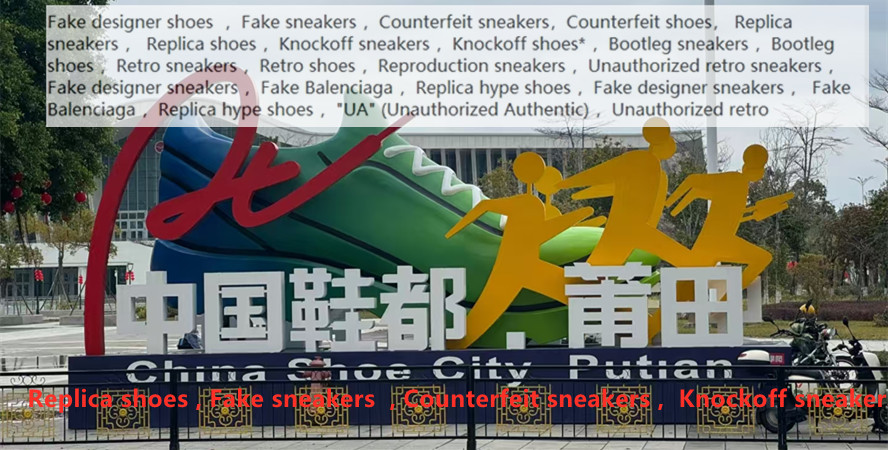Retro shoesAppropriate Price for Company Grade Shoes: A Cost-Benefit Analysis公司级鞋卖多少钱合适
Retro shoesAppropriate Price for Company Grade Shoes: A Cost-Benefit Analysis,

Pricing Strategy for Company's Shoes: A Balancing Act
Introduction
Pricing a company's shoes is a complex task that requires careful consideration of multiple factors. It involves balancing the cost of production, market competitiveness, brand value, and customer willingness to pay. To determine the optimal price for corporate footwear, companies must conduct thorough market research and carefully analyze their target audience.Firstly, the cost of production is a fundamental aspect to consider. The price of a shoe must cover the expenses incurred during its manufacturing process, including material costs, labor costs, and overhead expenses. Companies must ensure that they account for all expenses accurately to avoid setting a price that is too low to cover costs or too high to be profitable.
Secondly, market competitiveness is a crucial factor that affects pricing decisions. Companies need to research their competitors' pricing strategies and adjust their own pricing accordingly. By understanding the prices of similar products in the market, companies can set their prices competitively without compromising their profits.
Balancing Brand Value and Customer willingness to Pay
Thirdly, brand value and customer willingness to pay are also essential considerations. High-end brands can charge higher prices for their shoes as customers are willing to pay more for premium quality and brand recognition. However, it is important for companies to strike a balance between charging a price that reflects their brand value and one that is too high for their target audience.
Additionally, companies should consider the value proposition of their shoes. Are they offering unique features or innovations that justify a higher price? If so, companies can position their products accordingly in the market and charge a premium for those features. On the other hand, if their shoes are basic models targeting price-conscious customers, they should set their prices accordingly to remain competitive.
Lastly, companies should periodically review their pricing strategies to ensure they are in line with market changes and customer preferences. By conducting regular market research and analyzing sales data, companies can adjust their prices accordingly to maximize profits and satisfy their target audience.
In conclusion, pricing company shoes is a strategic decision that requires careful consideration of various factors. Companies must strike a balance between covering their costs, being competitive in the market, reflecting brand value, and satisfying customer willingness to pay. By carefully analyzing their target audience, understanding market trends, and periodically reviewing their pricing strategies, companies can set the optimal price for their shoes and maximize profits.

- Fake designer sneakersTitle: Grade 4 Publishing Corporation B Edition 这个标题简洁明了,包含了所有关键词,且不超过40个字符。四年级出版集团股份有限公司b版
- Fake designer sneakersShenzhen Kuleshi Technology Ltd. (Q6 Upgrade Version) Review.深圳酷乐视科技有限公司(Q6升级版)
- Reproduction sneakersCan Company-Grade Shoes Be Easily Spotted as Fake?公司级的鞋可以一眼看出是假的吗
- Unauthorized retroAdidas YZY 700 Golden Label Company Grade - The Ultimate Sneaker Guide阿迪椰子700get金标版和公司级
- Retro shoesTitle: Air Force 1 Ultra A vs Company Grade: Key Differences to Consider 这个标题简洁明了,包含了所有关键词,并很好地表达了主题。空军一号超a版跟公司级的区别
- Replica hype shoesDifferences between Paopaotang Pure Original Shoes and Company-Level Shoes: An Analysis Guide泡泡堂纯原鞋和公司级有什么区别
- Fake sneakersCompany Grade Shoes Monthly Price Guide: How Much for a Pair?公司级的鞋多少钱一个月
- Bootleg shoes标题为:The Difference between Real-Standard Shoes and Company-Grade Quality w/ bia1949 Insight。真标鞋和公司级的区别w芯bia1949

